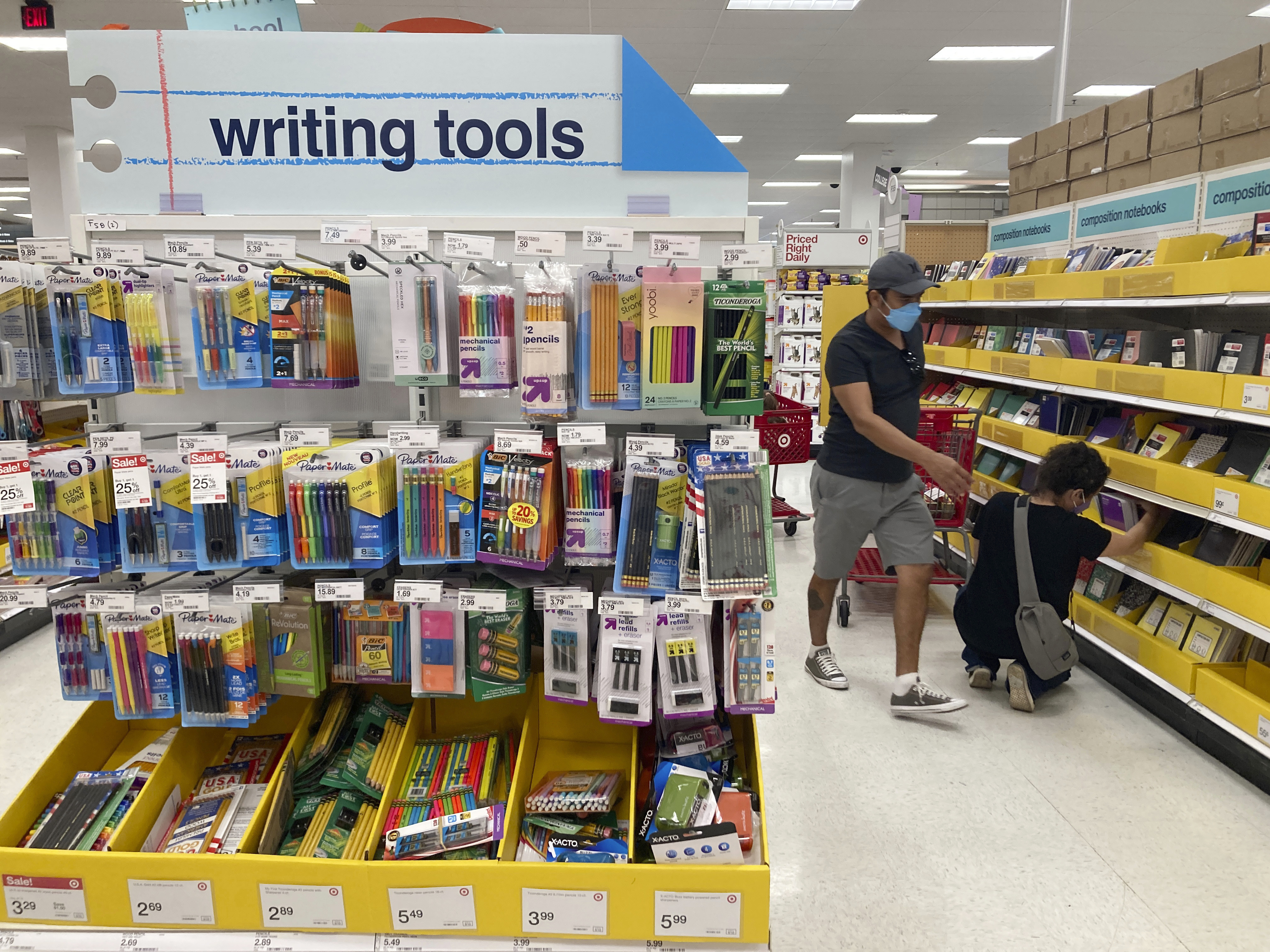
The rising price of kitchen stapes, bread and butter, eggs and milk, were among the costs driving inflation up in August even as gas prices came down.
The food index, part of a measure of inflation, is soaring. It increased by 11.4% in the last year, the largest rise over 12 months since 1979.
It is a component of the consumer price index, which tracks goods and services, and increased 0.1% for the month and 8.3% over the past year.
Most of the major components of what is known as the food-at-home index saw double-digit increases over the last year, including a 16.4% increase for cereals and bakery goods and 16.2% for dairy and related goods, according to Jonathan Church, an economist with the Consumer Price Index, part of the Bureau of Labor Statistics.
Get top local stories in San Diego delivered to you every morning. >Sign up for NBC San Diego's News Headlines newsletter.
The main components of the second food index, food-away-from-home, recorded only single-digit increases.
A dip in mid-2021 might be linked to school lunch programs.
Rising prices at the grocery store, which are recorded in the food-at-home index, rose more than the food-away-from-home index.
Food in the food-at-home category is typically bought when it is to be eaten, making it more vulnerable to current inflation, according to Mark Cohen, a professor at the Columbia Business School.
By contrast, food-away-home is bought at wholesale prices, which are more insulated from sudden price rises, said Cohen, director of retail studies. It is processed and transported to places such as restaurants or directly to consumers through home delivery.
The principal drivers of increased food prices are labor at every stage, from the farm to the store to the table, as well as mechanical harvesting, processing, manufacturing, packaging and transporting. Those stages are directly affected by the rising costs of diesel fuel, gasoline, natural gas and even coal, Cohen said.
In 2021, the grocery business boomed while restaurants struggled, a result of the disruptions brought about by the coronavirus pandemic, he noted.
Global warming is playing a part too in disrupting food production. Abnormal droughts and flooding throughout the world are affecting the raising of livestock and the planting, growing and harvesting of agricultural goods.



